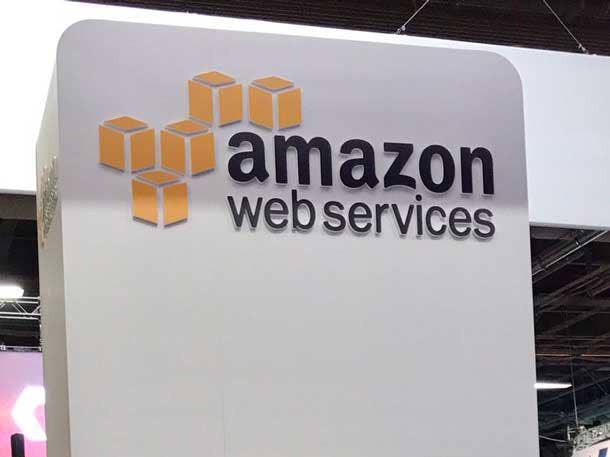Amazon Web Services Closes In On $40 Billion Run Rate
The cloud division was the centerpiece of an impressive quarter for Amazon, which propelled the e-commerce and cloud giant back into the $1 trillion club.

Amazon shipped a powerful statement to Wall Street Thursday in revealing it closed last year with an impressive quarter powered by its league-leading cloud division, which is poised to break a $40 billion run rate.
Amazon CFO Brian Olsavsky told investors in a Q4 earnings call that the cloud division’s success was based broadly across geographies, customers, and industries, and he credited for it the "convergence of a lot of investment, operational efficiency and innovation on behalf of customers."
"It’s the culmination of a lot of work adding new products and features, adding to our sales and marketing teams, better penetration of enterprise customers" in a wide variety of industries, Olsavsky said.
[Related: AWS Q3 Revenue Rises To $9B, But Growth Rate Slows]
The breakneck rate at which AWS introduces new products and features is what continues to keep the industry's dominant Infrastructure-as-a-Service provider way ahead of the cloud pack, the CFO said.
"We add to it at a quicker pace than our competitors," he told investors. As such, instead of those other providers catching up, "the gap in capacity of features is growing."
Olsavsky also said AWS uniquely benefits from the "network effect" of having millions of customers and tens-of-thousands of partners around the globe.
Amazon's CFO noted that AWS learns from customers and its larger ecosystem, as it did at the latest re:Invent conference that brought together customers, partners, and developers.
After launching more than 100 products going into that conference in Las Vegas, AWS listened to customers explain their issues with those new features and took those into consideration in shaping its roadmap.
"We think that we start with a very big lead in this space with our many years of investment, not only in capacity but services and features we provide to customers," he later added.
AWS took in $9.95 billion in revenue—34 percent year-over-year growth—in the fourth quarter of 2019 that ended Dec. 31, blowing past analyst projections of $9.81 billion as compiled by FactSet. That means the current quarter will propel the cloud leader beyond a $40 billion run rate, after achieving a $30 billion run rate in the first quarter of the year.
As a whole, Amazon saw $87.44 billion in revenue in Q4, a year-over-year improvement of 21 percent. Earnings-per-share of $6.47 shattered expectations of $4.03.
The beats on revenue, earnings and higher guidance sent Amazon stock soaring in after-hours trading. The stock closed at $1,870.69 on Thursday, then shot to $2,113 before settling down around $2,062 at the time of this publication.
That stock price brings Amazon back into the exclusive $1 trillion valuation category—a mark it has achieved in the past but never was previously able to maintain.
Investors looking to nitpick could point to slightly decreased margins on the cloud business.
Olsavsky explained that number is always bumpy from quarter to quarter, as infrastructure spend changes—something he had discussed in previous earnings calls circa 2018, he said, when the cloud margins were closer to 30 percent.
AWS margins now stand around 26 percent, as the provider continues to add infrastructure capabilities to support its global expansion, as well as boosting its sales and marketing teams. AWS has also decreased prices for customers with multi-year contracts, Olsavsky said, noting the company has locked up $30 billion in future commitments through long-term deals.
But AWS is finding new ways to drive down its infrastructure spending, he said.
The provider used to depreciate servers after three years in deployment. Now the "useful life" of its latest hardware exceeds four years, and AWS is extending the depreciation lifecycle on new servers.
That's possible because of engineering advances that "refine our software to run more efficiently on our hardware," he said, which can "make our server capacity last longer."
The latest-generation cloud-building software "lowers stress" on the physical machines, he explained.
That's helping AWS keep capital expenditures "relatively in check"—including an $800 million lower depreciation expense in this current first quarter of 2020.